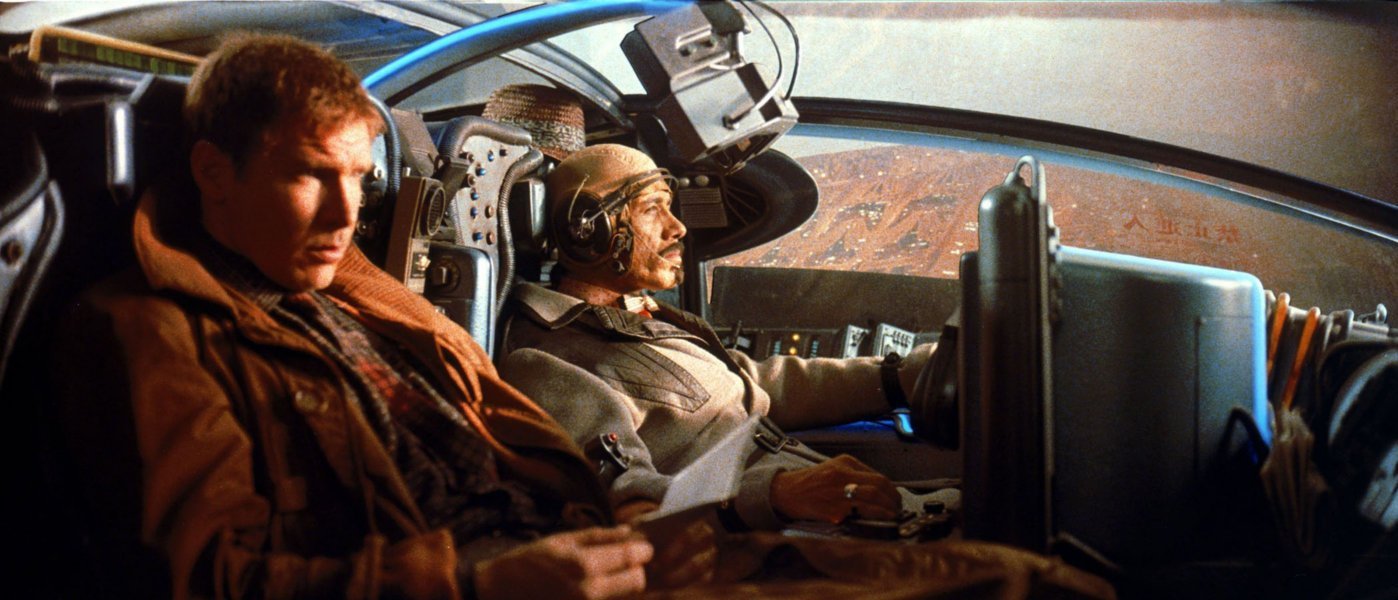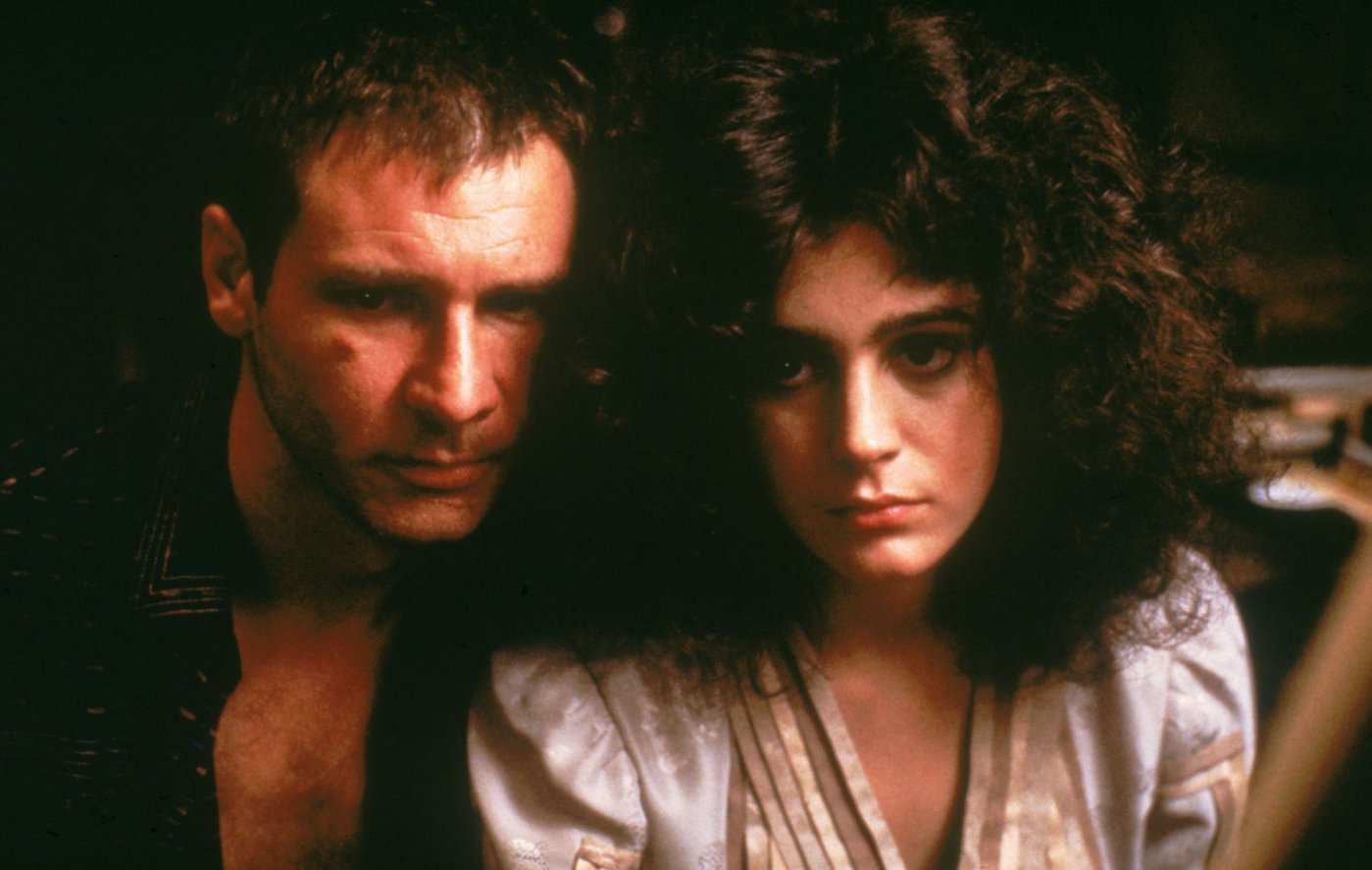USA | 2014 | Dircted by Richard Linklater
Logline: The life and times of an American boy aged from 5 until he’s 18-years-old.
It was inevitable that someone would attempt such an ambitious project and pull it off. I’m glad it was Richard Linklater, as he has such an innate ability to create something out of nothing. Not always, as Before Midnight didn’t impress me, but I love Before Sunrise, and I remember the wonderful fractured resonance his first movie, Slacker, had on my fellow X-Gens and I (I even wore the t-shirt for many years). So now Linklater applies all the dramatic nuances he’s learned over the past twenty years and creates a superlative coming-of-age story of one boy, and the relationships with his immediate family, and a clutch of friends and acquaintances.
This two-and-three-quarter-hour movie long will become the benchmark for coming-of-age flicks, even though there are conventional elements that aren’t dealt with in detail (the losing of his virginity isn’t a narrative priority), and the narrative meanders and weaves. But it is this Linklater cinematic signature that gives Boyhood its magic. Life is just that; a weave along life’s curious and unpredictable path. Sometimes you get what you want, sometimes you don’t, some people are kind, some are assholes, some mountains turn out to be hills, and some puddles turn out to be ditches.
Linklater began filming his "Untitled 12 Year Project" in 2002. His lead actor Ella Coltrane was just seven-years-young. Over the next eleven or so years Linklater got together annually to shoot more footage of his fictional family and friends (although I’d put money on the screenplay being more than a little autobiographical) until eventually his boy, Mason, had become a young man. Childhood and adolescence were complete, Linklater now had the task of editing together a fluid narrative, and he did so brilliantly.
Linklater’s cast his own daughter, Lorelei, as Mason’s older sister Samantha. As one would expect, she lost interest in the project a few years in, and requested her father kill her character off, but Linklater refused. Eventually she regained enthusiasm. The movie’s authenticity would’ve been ruined if any of the characters had actors replaced during filming, and thankfully everyone remained on board for the duration.
The entire unknown support cast delivers bang on performances, whilst Patricia Arquette and Ethan Hawke, as Mason’s folks, deliver the most endearing performances of their long careers. They don’t change much, but of course Mason and Sam change dramatically. It is their haircuts that punctuate the years gone by. Wisely, Linklater doesn’t add “One Year Later” cards; instead giving subtle clues in his use of source music, and televised news items playing in the background, letting the audience determine the passing of time.
Boyhood’s most profound concept comes right at movie’s end when Mason’s new acquaintance, Nicole (Jessi Mechler) poses the idea that one doesn’t seize the moment, but the moments seize us, and this is precisely what life – the passing of time – is about. Over the past three hours, paced wonderfully, we’ve just watched an impressionable young boy grow into an intelligent young man. It’s a beautiful thing.
Boyhood screens as part of the 61st Sydney Film Festival, Saturday 7 June 11:30am, State Theatre

































































































































